Waktu Maghrib
- 5.8
- Horror
- 2023
- 1h 44m
- PG-13
a chilling Indonesian horror film directed by Sidharta Tata, exploring childhood trauma, village superstition, and the terrifying consequences of breaking boundaries at twilight. Blending folklore with psychological terror, the film creates a haunting tale about fear, tradition, and unseen forces that come alive when the sun sets.

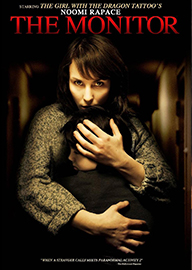

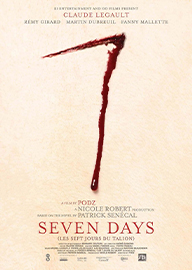


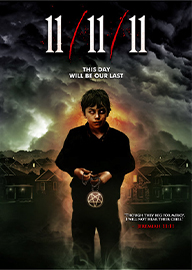


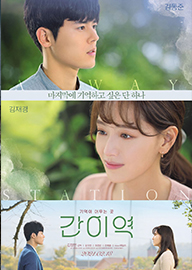
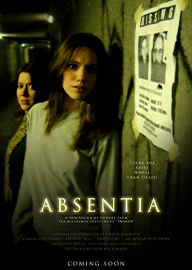

Comments
0Reviews
0Summery
1Please sign in to comment.
Please sign in to review.
Waktu Maghrib (2023) is a standout entry in modern Indonesian horror, one that takes the universal genre of supernatural fear and grounds it deeply within the local context of cultural tradition, folklore, and the liminal boundary between childhood innocence and the dangers of unseen forces. Directed by Sidharta Tata, the film immerses audiences in a rural village setting where the boundary between the natural and supernatural becomes dangerously thin, particularly during the sacred yet eerie twilight hours between day and night. Known in many Islamic cultures as maghrib—the time of sunset prayer—this brief but potent transition has always been layered with significance, warnings, and restrictions. Parents throughout the region often caution children against playing outside at this hour, teaching them that spirits are strongest as the sun disappears. Tata takes this belief, so familiar and ingrained in Indonesian life, and transforms it into a chilling cinematic foundation that feels at once culturally authentic and universally terrifying. The horror that emerges is not only the fear of ghosts but also the fear of breaking tradition, disobeying authority, and inviting darkness into fragile human lives.
The film’s story follows two young boys, Adi and Saman, who represent innocence tainted by violence and neglect, and who inadvertently bring about supernatural consequences through their actions. From the beginning, it is clear that this is not a horror tale simply about jump scares or apparitions but rather about the deep scars of childhood trauma and the destructive ripple effects of broken families and societal dysfunction. Adi, living under the harsh control of his abusive father, is a character shaped by pain, anger, and suppressed emotion. His resentment fuels moments of cruelty, especially when he channels his own suffering into bullying others, notably Saman. The boys’ dynamic becomes the central emotional driver of the story: their encounters filled with tension, vulnerability, and misdirected violence. The horror of Waktu Maghrib grows naturally out of this social realism, making the supernatural elements not feel like exaggerations but rather natural extensions of human darkness. The cruelty of childhood, the silence of communities unwilling to interfere, and the weight of cultural taboos all combine to create a narrative atmosphere where horror thrives not just in the unseen but in what is most plainly human.
Sidharta Tata amplifies this atmosphere with the ominous power of maghrib itself. As twilight falls, the village shifts tone, the sounds of daily life quiet down, and shadows grow longer. The cinematography lingers on these transitions, with natural light dissolving into the unnatural glow of dusk, creating a sense that something is always watching from just beyond the visible. Within this sacred and forbidden timeframe, the boys push boundaries and cross lines they should not, culminating in acts of defiance that stir forces much greater than themselves. A forbidden knock on a door, a careless challenge shouted into the gathering darkness, or a refusal to respect ritual warnings—all of these seemingly small acts gather enormous weight when set against the cultural backdrop of maghrib. The film makes the audience feel what the characters feel: that to break the rules of twilight is not just disobedience but sacrilege, and that punishment, whether human or supernatural, will surely follow. This constant tension between social rules and supernatural consequence heightens the terror, creating horror that feels inevitable and inescapable.
What makes Waktu Maghrib stand out among other Southeast Asian horror films is its refusal to reduce folklore to spectacle. Instead of cheapening cultural beliefs for scares, it treats them with reverence, grounding them in the everyday lives of ordinary villagers. Scenes of domestic struggle, classroom discipline, and parental warnings are interwoven with glimpses of ghostly presences and subtle signs of haunting. The supernatural here is not something external imposed on the characters but rather something born of their environment, their choices, and their traumas. The haunting is deeply personal, tied to the boys’ guilt, their unacknowledged pain, and their inability to reconcile the abuse they suffer with the expectations of obedience. The punishment that comes at maghrib becomes less about arbitrary spirits and more about the eruption of all that is suppressed. Tata frames horror not as spectacle but as consequence—consequence of violence, silence, and generational neglect. By the time the terrifying climax unfolds, the film has laid bare not only a ghost story but also a tragedy of family, community, and culture, one where the supernatural only amplifies the real horrors already at work in human life.
In its haunting final moments, Waktu Maghrib leaves audiences unsettled not only by the terrors glimpsed in the darkness but also by the questions it raises about tradition, morality, and the vulnerabilities of children growing up in a world that often fails to protect them. The film lingers on the realization that horror is not confined to monsters or ghosts but lives in everyday cruelty, in the harshness of parents who strike instead of nurture, in communities that ignore cries for help, and in the fragile psyches of children who carry pain with no outlet but destruction. By fusing folklore, religion, and social commentary, Sidharta Tata creates a cinematic experience that transcends genre, delivering horror that is as emotionally devastating as it is frightening. Waktu Maghrib thus stands not only as an important Indonesian horror film but also as a universal story about the dangers of breaking boundaries—social, spiritual, and personal—at the precise moment when the light disappears and the world shifts into darkness. Its legacy lies in its ability to show how folklore and horror can be more than superstition; they can be reflections of truths we refuse to face, truths that become most terrifying when the sun goes down.